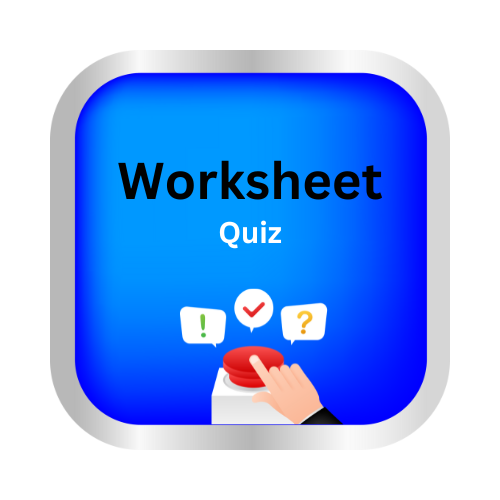Is it a complete sentence or a run-on?
Key Notes:
📝 Is it a Complete Sentence or a Run-On?
| What is a Complete Sentence? ✅ |
A complete sentence tells a complete thought. It has:
- A subject 👦👧 (who or what the sentence is about)
- A predicate 🏃♂️ (what the subject does or is)
- Starts with a capital letter 🅰️
- Ends with a punctuation mark (. ! ?)
Example:
- 🌸 The flowers are blooming.
- 🐶 The dog is barking loudly!
| What is a Run-On Sentence? ❌ |
A run-on sentence happens when two or more complete sentences are joined without proper punctuation or connecting words.
Example:
- Wrong: I like pizza I eat it every Friday.
- Correct: I like pizza. I eat it every Friday. ✅
- Correct with a conjunction: I like pizza, and I eat it every Friday. ✅
| Tips to Identify Run-Ons 🔍 |
- Look for two subjects and two verbs in one sentence without proper punctuation.
- Check if it makes sense as one thought. If not → likely a run-on.
- Use periods (.), semicolons (;), or conjunctions (and, but, or) to fix it.
| Fixing Run-On Sentences 🛠️ |
Method 1: Add a period
- Wrong: I love ice cream it is my favorite dessert.
- Fixed: I love ice cream. It is my favorite dessert. ✅
Method 2: Add a semicolon
- Fixed: I love ice cream; it is my favorite dessert. ✅
Method 3: Add a conjunction
- Fixed: I love ice cream, and it is my favorite dessert. ✅
| Quick Check Game! 🎮 |
Ask yourself:
Does it have one complete thought? 💡
No → ❌ Run-on
Yes → ✅ Complete sentence
Let’s try some problems! ✍️
Pages: 1 2

